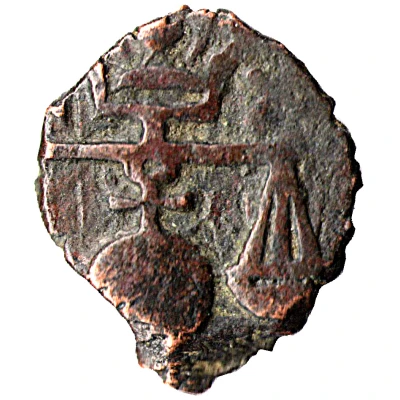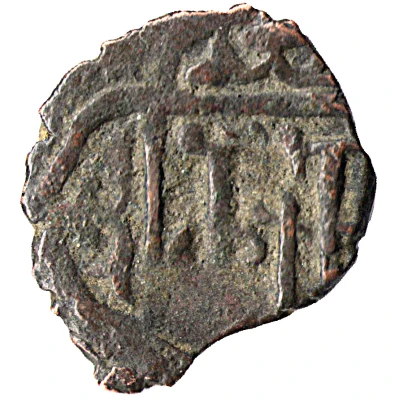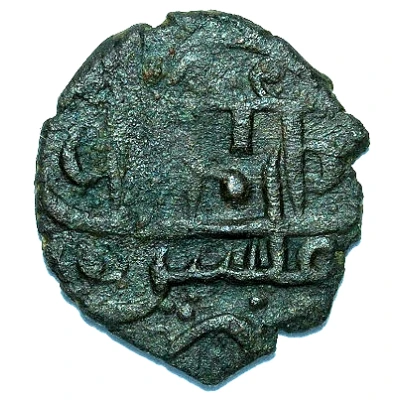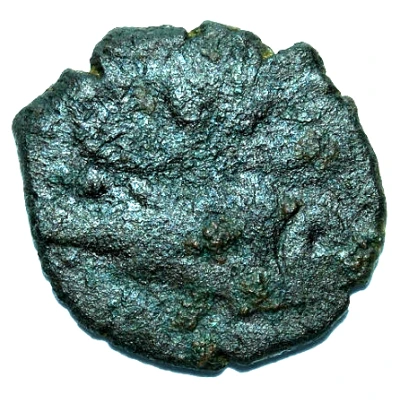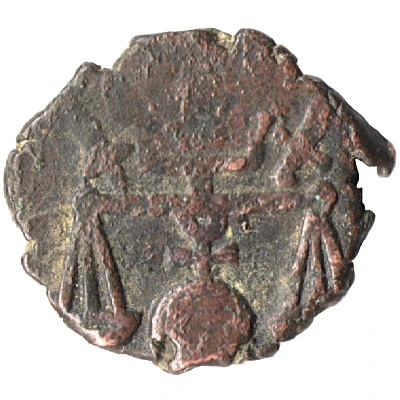
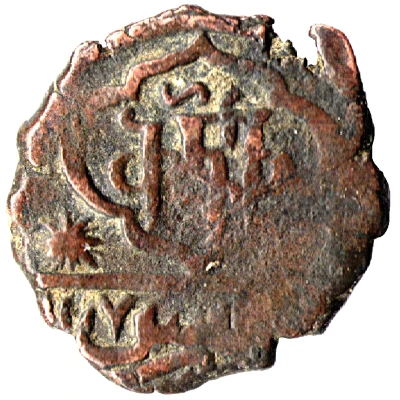

© D.Mikeladze
Puli - Heraclius II
1179 (1766) year| Copper | 4 g | 20 mm |
| Issuer | Georgia › Kingdom of Kartli-Kakheti (1762-1801) |
|---|---|
| King | Heraclius II (ერეკლე II) (1762-1798) |
| Type | Standard circulation coin |
| Year | 1179 (1766) |
| Calendar | Islamic (Hijri) |
| Value | ¼ Bisti (1⁄40) |
| Currency | Abazi (-1801) |
| Composition | Copper |
| Weight | 4 g |
| Diameter | 20 mm |
| Shape | Round (irregular) |
| Technique | Hammered |
| Demonetized | Yes |
| Updated | 2024-10-04 |
| Numista | N#108124 |
|---|---|
| Rarity index | 93% |
Reverse
In different frames, Georgian Asomtavruli legend in abbreviation for the name of Erekle
Script: Georgian (Asomtavruli)
Lettering:
ႰႩႪ
ضرب
١١٧٩
تفليس
ضرب
Translation:
RKL ( for eReKLe)
Struck
1179
Tiflis
Edge
Irregular hammered
Comment
1.Two countermarks, existing on this coin:2. Struck with 1/2 Bisti dies.
Interesting fact
One interesting fact about the Standard circulation coin Puli - Heraclius II 1179 (1766) from Georgia › Kingdom of Kartli-Kakheti (1762-1801) made of Copper weighing 4 g is that it features a unique blend of Christian and Islamic influences in its design. The coin's obverse side bears an image of King Heraclius II, while the reverse side features a depiction of the Georgian cross, which is a symbol of the Georgian Orthodox Church. This blending of religious motifs reflects the complex cultural and religious landscape of the region during the 18th century.
